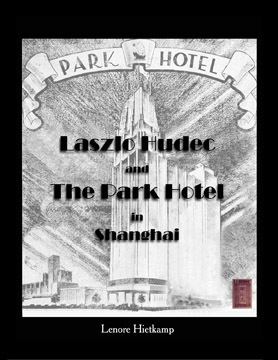Role Architect Nationality Hungarian Spouse Gizella Mayer (m. 1922) | Ethnicity Slovak - Hungarian Resting place Banska Bystrica Name Laszlo Hudec | |
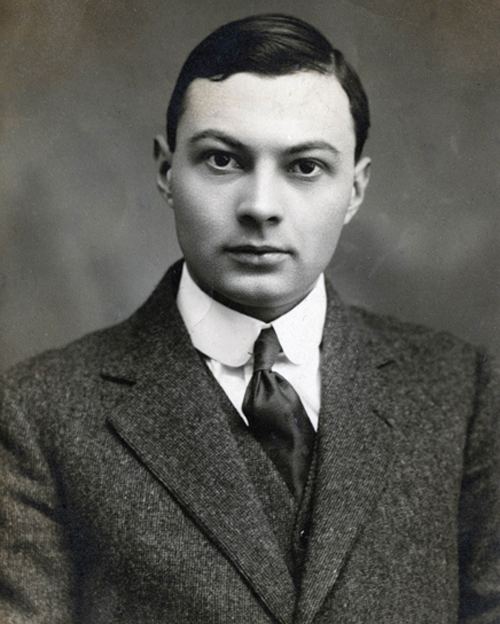 | ||
Other names Ladislav/Laszlo/Ladislaus/Ladislaw Hudec Education Budapest University of Technology and Economics | ||
Cause of death Myocardial infarction | ||
Moore memorial church by laszlo hudec 1931 with graphisoft archicad vbe
László Ede Hudec or Ladislav Hudec (Hungarian: Hugyecz László Ede) (Banská Bystrica, Austria-Hungary January 8, 1893 – Berkeley, October 26, 1958) was a Hungarian - Slovak architect active in Shanghai from 1918 to 1945 and responsible for some of that city's most notable structures. Major works include the Park Hotel, the Grand Theater, the Joint Savings and Loan building, the combined Baptist Publications and Christian Literature Society buildings, and the post-modern "Green House". Hudec's style evolved during his active period, from the eclectic neo-classicism popular in the early 20th century to art deco and modern buildings toward the later part of his career. Although some of his buildings have been lost in the intervening decades, many survive.
Contents
- Moore memorial church by laszlo hudec 1931 with graphisoft archicad vbe
- Park hotel by laszlo hudec 1934 with graphisoft archicad vbe
- Biography
- Buildings in Shanghai
- References
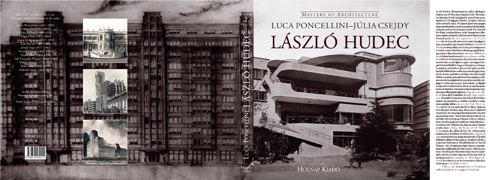
Park hotel by laszlo hudec 1934 with graphisoft archicad vbe
Biography
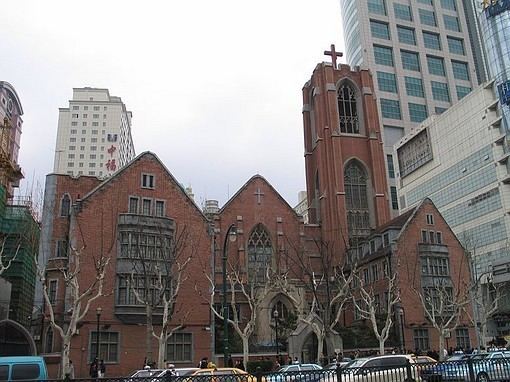
Hudec was born in 1893 in Banská Bystrica, Kingdom of Hungary, Austria-Hungary (now in Slovakia). His father, György Hugyecz was a wealthy magyarized Slovak architect, born in the nearby village of Felsőmicsinye (now Horná Mičiná), while his mother, Paula Skultéty was an ethnic Hungarian from Košice . He studied architecture at Budapest University from 1911 to 1914. As a patriotic Austro-Hungarian citizen, Hudec volunteered to join the Austro-Hungarian Army after outbreak of World War I, but was captured by the Russian Army in 1916 and was sent to a prison camp in Siberia. While being transferred, he jumped from a train near the Chinese border and made his way to Shanghai, where he joined the American architectural office R.A. Curry.
In 1925 he opened his own practice, and was responsible for at least 37 buildings up to 1941.
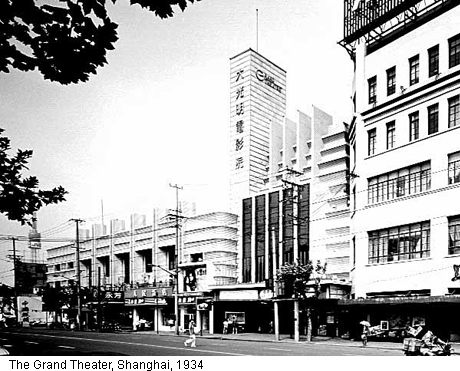
After the Munich Agreement, (1938) Hudec lost his Czechoslovak citizenship and applied to become Hungarian citizen. In 1941 he obtained a Hungarian passport and was appointed Honorary Consul of Hungary in Shanghai.
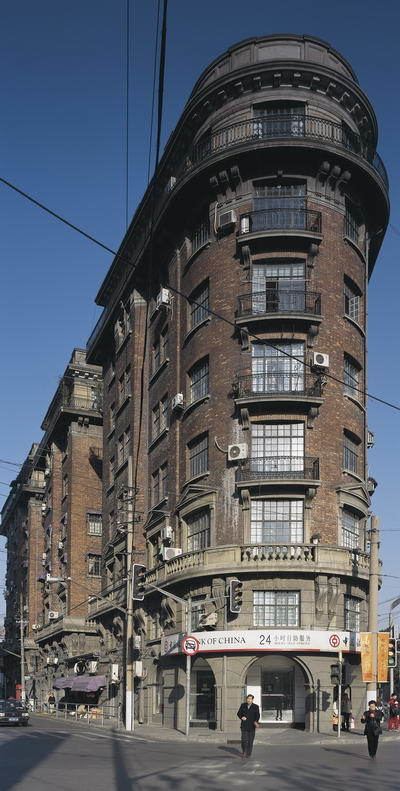
Hudec's masterpiece is usually considered to be the 22-story Park Hotel Shanghai, on Nanjing Road across from People's Square. Built in 1934, it was the tallest building in the city until the 1980s, and is still a local landmark.
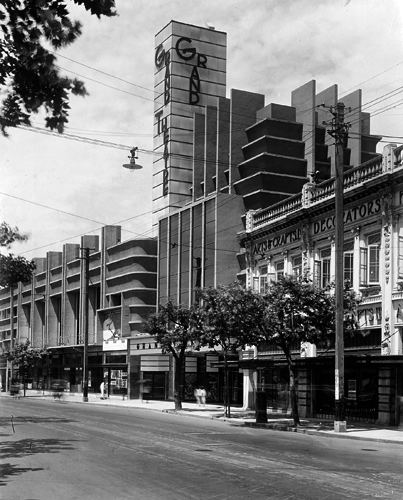
After leaving Shanghai in 1947 Hudec moved to Lugano and later to Rome. In 1950 he moved to Berkeley where he taught at the University of California. He died from heart-attack during an earth quake in 1958. In 1970 his remains were buried in an evangelic cemetery in Banská Bystrica, Slovakia.
Buildings in Shanghai
